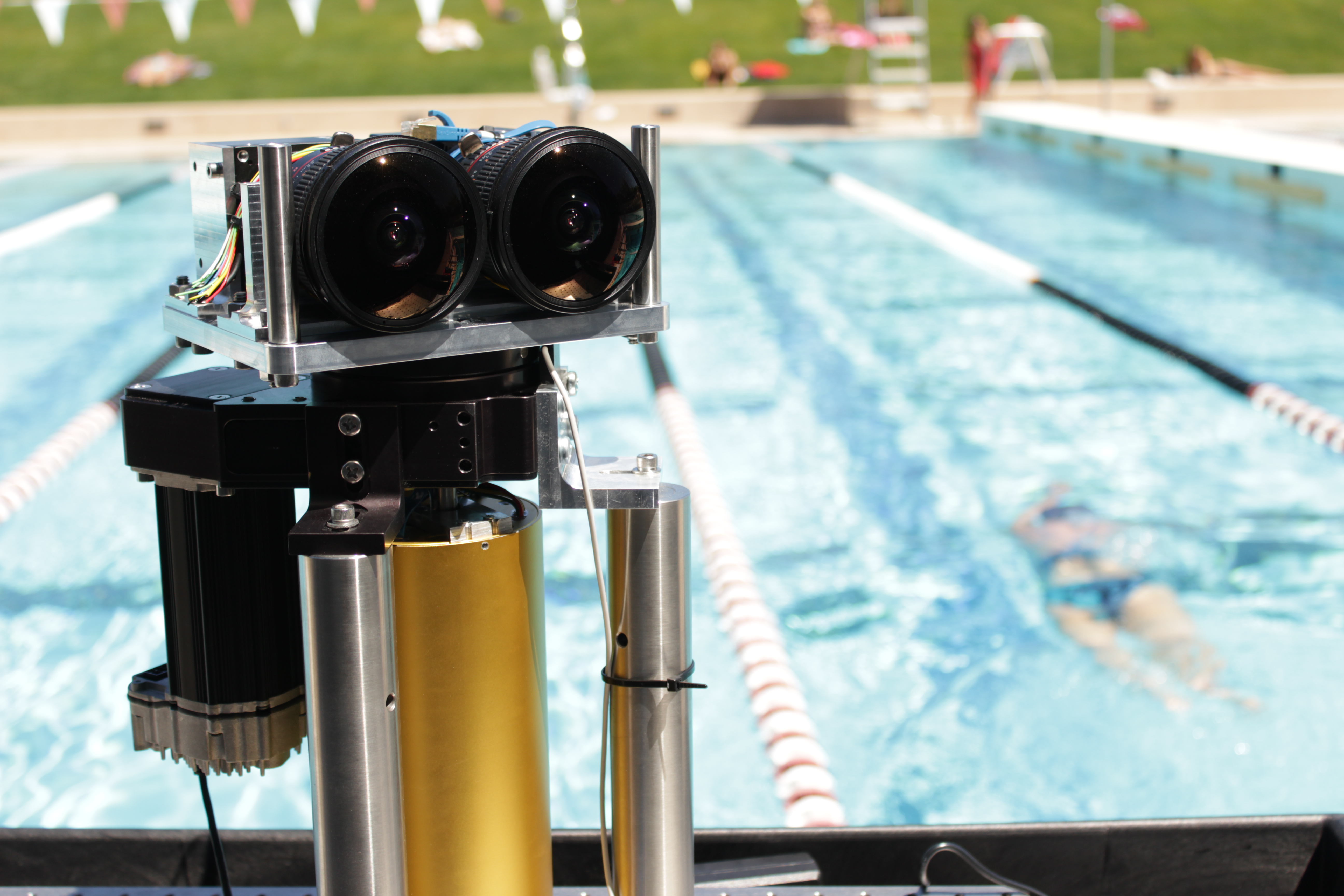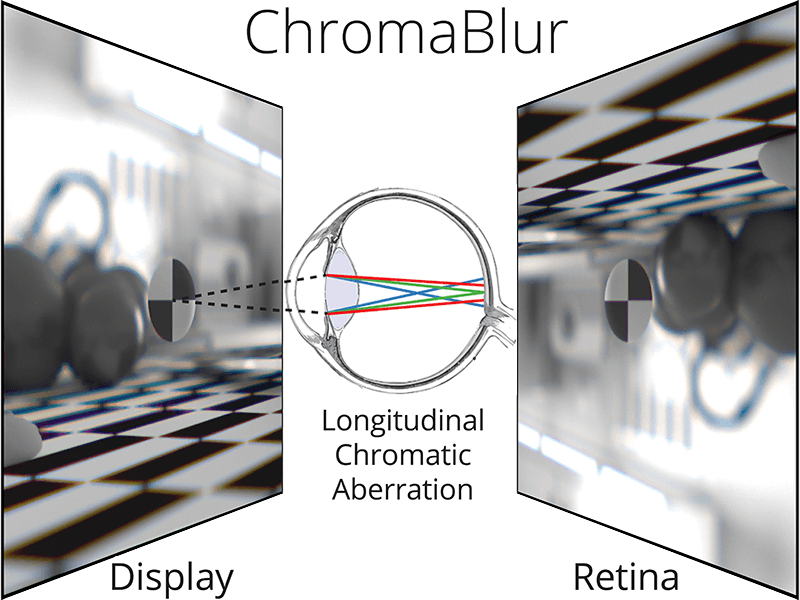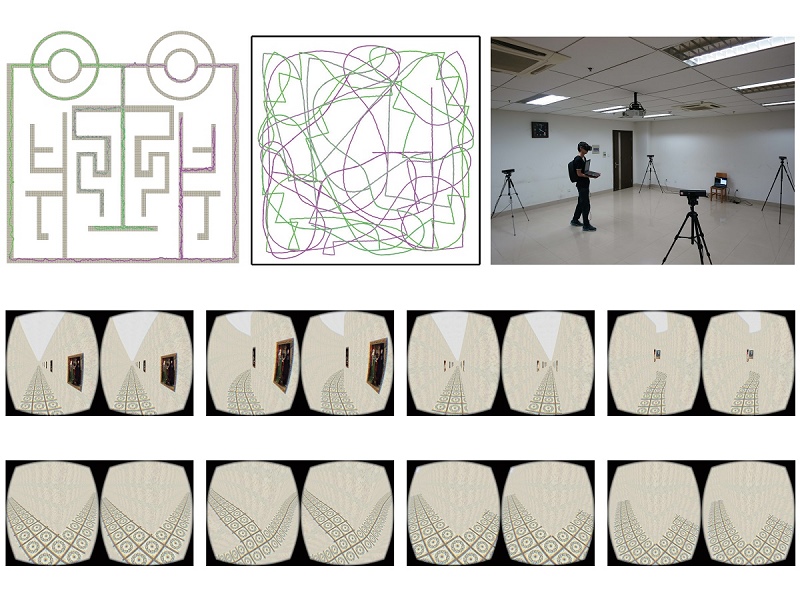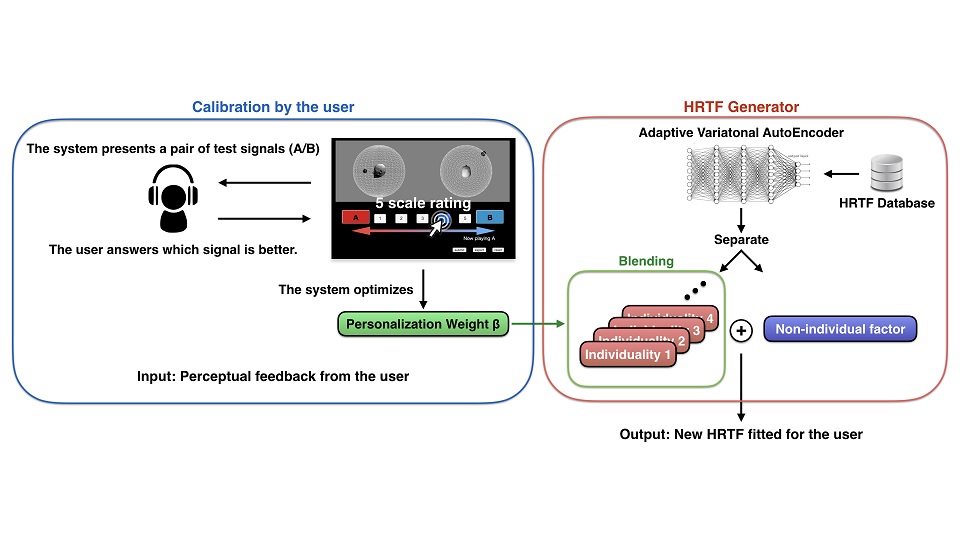 siggraph
siggraph
siggraph
siggraph
AR / VR
 Full Conference Pass
Full Conference Pass Full Conference 1-Day Pass
Full Conference 1-Day Pass
Date/Time: 29 November 2017, 04:15pm - 06:00pm
Venue: Amber 3
Location: Bangkok Int'l Trade & Exhibition Centre (BITEC)
Session Chair: Xin Tong, Microsoft Research Asia, China
SpinVR: Towards Live-Streaming 3D Virtual Reality Video
Summary: We present Vortex, an architecture for live-streaming 3D virtual reality video. Vortex uses two fast line sensors combined with wide-angle lenses, spinning at up to 300 rpm, to directly capture stereoscopic 360-degree virtual reality video in the widely-used omni-directional stereo (ODS) format.
Author(s): Donald Dansereau, Stanford Univeristy
Robert Konrad, Stanford Univeristy
Aniq Masood, Stanford University
Gordon Wetzstein, Stanford University
Speaker(s): Robert Konrad; Donald Dansereau, Stanford University

ChromaBlur: Rendering Chromatic Eye Aberration Improves Accommodation and Realism
Summary: A method to reproduce realistic depth-dependent blur. The human eye has chromatic aberration, which produces depth-dependent chromatic effects. We calculate rendered images that, when processed by the viewer's in-focus eye, will produce the correct chromatic effects on the viewer's retina for the simulated 3d scene.
Author(s): Steven Cholewiak, University of California, Berkeley
Gordon Love, Durham University
Pratul Srinivasan, University of California, Berkeley
Ren Ng, University of California, Berkeley
Marty Banks, University of California, Berkeley
Speaker(s): Steven A. Cholewiak, University of California, Berkeley

Smooth Assembled Mappings for Large-Scale Real Walking
Summary: Virtual reality applications prefer real walking to provide highly immersive presence than other locomotive methods. In this paper, we present a novel divide-and-conquer method, called smooth assembly mapping (SAM), to compute real walking mappings with low isometric distortion for large-scale virtual scenes.
Author(s): Zhichao Dong, University of Science and Technology of China
Xiaoming Fu, University of Science and Technology of China
Chi Zhang, University of Science and Technology of China
Kang Wu, University of Science and Technology of China
Ligang Liu, University of Science and Technology of China
Speaker(s): Zhi-Chao Dong, University of Science and Technology of China

Fully Perceptual-Based 3D Spatial Sound Individualization with an Adaptive Variational AutoEncoder
Summary: We present a fully perceptual-based head related transfer function (3d audio spatialization) fitting method for individual users using an adaptive variational autoencoder. The user only needs to answer pairwise comparisons of test signals presented by the system. This reduces the efforts necessary to obtain individualized HRTFs.
Author(s): Kazuhiko Yamamoto, YAMAHA, The University of Tokyo
Takeo Igarashi, The University of Tokyo
Speaker(s): Kazuhiko Yamamoto, The University of Tokyo


